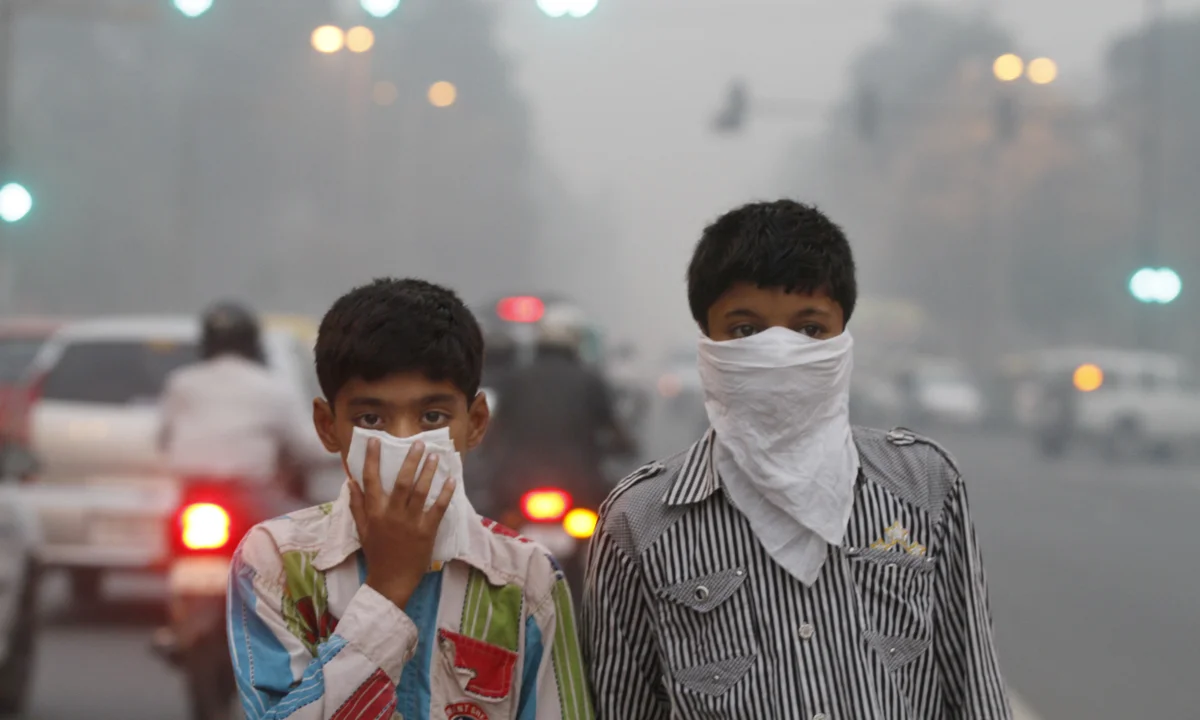
Recent groundbreaking research by scientists has unearthed disturbing insights into the invisible dangers lurking in the air we constantly breathe. Although air is usually associated with freshness and life-supporting qualities, emerging evidence suggests that it also carries an array of previously undetected airborne risks that can have serious health implications. This new understanding challenges long-standing assumptions and raises urgent concerns about urban living, pollution, and our overall well-being.
The Unseen Threats in Our Atmosphere
For decades, environmental scientists and health experts have studied pollutants such as particulate matter (PM), carbon monoxide, nitrogen oxides, and volatile organic compounds (VOCs). While these were acknowledged as harmful, recent studies reveal that there are additional, overlooked elements in the air that can significantly impact our health. These include fine aerosols, microplastics, and novel chemical compounds generated through complex atmospheric reactions.
The recent discovery underscores that many of these airborne components are not only more prevalent than previously thought but also play a critical role in mediating health risks. These particles, often microscopic in size, can penetrate deep into the respiratory system, even reaching the bloodstream, and potentially cause chronic health conditions.
The Role of Invisible Particulates and Chemicals
Understanding Microplastics and Nanoparticles
One of the most startling findings of recent research is the widespread presence of microplastics and nanoplastics suspended in the air. These tiny plastic particles are generated from the degradation of larger plastic waste, tire wear particles, and fibers from synthetic textiles. Once airborne, they can travel long distances, defying geographical boundaries.
Studies indicate that inhaling these particles may contribute to inflammation, allergic reactions, and even neurodegenerative diseases over time. Because of their minute size, the body’s natural defenses are often unable to effectively clear these particles, allowing them to accumulate and potentially cause damage.
Unrecognized Chemical Interactions
Beyond physical particles, the air also contains complex chemical mixtures resulting from natural and anthropogenic sources. Recent research suggests that certain chemicals can react in the atmosphere to form new, more toxic compounds. For example, sunlight can trigger reactions among pollutants, creating secondary aerosols that are more harmful than their primary precursors.
This dynamic chemical environment hints at a **previously unknown role** — that the air itself actively participates in chemical transformations that can produce or amplify health hazards. These reactions may generate ultrafine particles capable of penetrating cell membranes or alter proteins and DNA, increasing the risk of various diseases.
Implications for Human Health
The implications of these hidden airborne risks for human health are profound and multifaceted:
- Respiratory Diseases: Fine particles and chemicals can induce or exacerbate asthma, chronic obstructive pulmonary disease (COPD), and other respiratory conditions.
- Cardiovascular Problems: Microplastics and ultrafine nanoparticles may enter the bloodstream, contributing to inflammation and the development of heart diseases.
- Neurological Effects: Emerging evidence links airborne pollutants with neurodegenerative disorders such as Alzheimer’s and Parkinson’s diseases, potentially through translocation of particles into the brain.
- Cancer Risks: Long-term exposure to certain airborne chemicals increases the likelihood of developing various types of cancers, including lung and throat cancers.
- Immune System Disruption: Some airborne toxins can interfere with the immune system, reducing the body’s ability to fight infections.
Sources Contributing to Airborne Hazards
Several human activities significantly contribute to the concentration of harmful airborne substances:
- Industrial Emissions: Factories releasing chemical pollutants and particulate matter into the atmosphere.
- Transportation: Vehicles emitting exhaust gases, tire wear particles, and brake dust.
- Waste Incineration: Discharges of toxic fumes and microplastics from burning waste materials.
- Textile and Manufacturing Processes: Release of fibers and chemicals into the air.
- Natural Events: Wildfires and dust storms which magnify airborne particulate levels temporarily.
Mitigating the Impact of Hidden Airborne Risks
The discovery of these covert dangers underscores the necessity for a comprehensive approach to improve air quality. Some strategies include:
- Implementing Stricter Regulations: Governments need to enforce limits on emissions of microplastics and chemicals from industrial and transportation sources.
- Enhancing Air Filtration Technology: Development and deployment of advanced filtration systems for indoor and outdoor environments.
- Public Awareness and Education: Educating communities about the risks and how to reduce personal exposure—such as using air purifiers, masks, and avoiding high-traffic zones during peak pollution times.
- Urban Planning: Designing cities that minimize pollution hotspots, promote green spaces, and encourage cleaner transportation modes like cycling and electric vehicles.
- Research and Monitoring: Continuous scientific research and real-time air quality monitoring are crucial for understanding these threats and developing targeted interventions.
The Path Forward
While the findings about these hidden airborne risks are alarming, they also signify an opportunity for innovation, policy change, and collective action. Recognizing the **previously unknown role** these substances play in human health is the first step towards creating safer environments. It highlights the importance of adopting cleaner technologies, stricter pollution controls, and increased research to unravel the complex interactions within our atmosphere.
As individuals, we can contribute by staying informed, advocating for better air quality policies, and taking personal precautions to minimize exposure. Considering the pervasive reach of these airborne risks, collaborative efforts at local, national, and global levels are necessary for meaningful change.
It is imperative that future policies prioritize understanding and mitigating these invisible threats, protecting current and future generations from preventable health issues caused by airborne hazards.
Conclusion
The discovery of new, hidden airborne risks and their potential to adversely impact human health marks a pivotal moment in environmental and health sciences. Our comprehension of the air around us is evolving, revealing a complex web of microscopic particles and reactive chemicals that can silently harm us over time. Addressing these challenges requires a multifaceted approach rooted in scientific research, policy reform, and individual responsibility.
Only through concerted efforts can we ensure that our air becomes not just a symbol of life but also a safe and healthy space for all.
For more updated news please keep visiting Prime News World.








